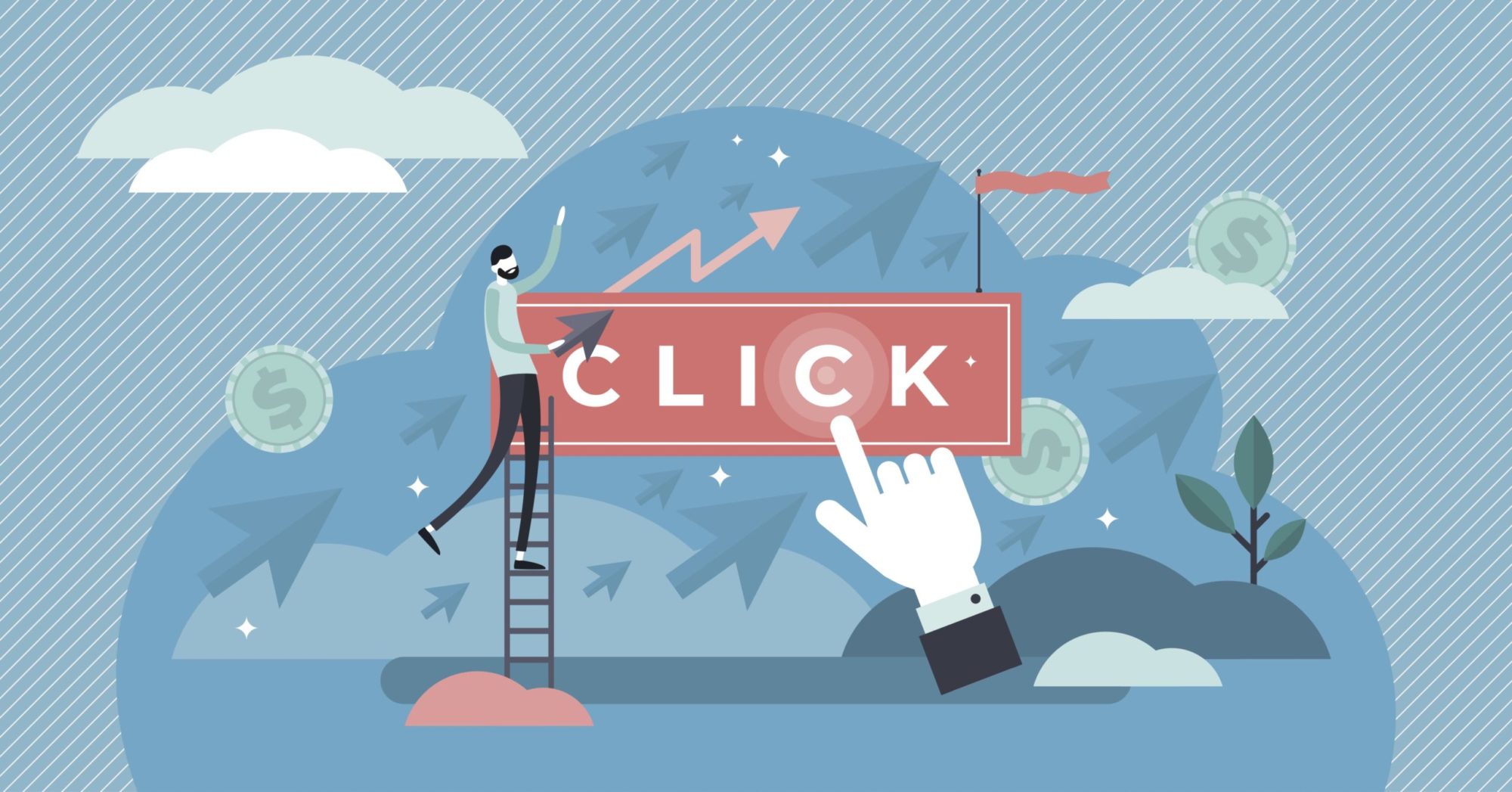Buy-Side Transparency: The Next Wave Of Consolidation
While the cookie bonfire rages on for the next two years, there’s another spark igniting change in the ecosystem: supply-chain transparency. It may be burning slowly, but it stands to bring just as much transformation to digital advertising. These two shifts taken...

While the cookie bonfire rages on for the next two years, there’s another spark igniting change in the ecosystem: supply-chain transparency. It may be burning slowly, but it stands to bring just as much transformation to digital advertising.
These two shifts taken together will expedite an evolution toward the survival of the fittest. By 2022, the programmatic industry may finally see the long-discussed consolidation come to fruition.
Advertisers have spent the last two years in search of cleaner supply – looking closely at optimal supply paths and supply-chain transparency to maximize working media investments and minimize hops. Much of the supply chain discussion to date has revolved around advertisers’ needs; we haven’t heard as much about the publisher perspective. With the recent failures of demand-side platforms (DSPs) such as Sizmek and IgnitionOne, and the persistence of bad ads, publishers are starting to take a closer look at the buying landscape. Advertisers should take note.
A publisher’s approach to the supply chain isn’t as simple as taking the inverse of supply-path optimization (SPO). The “path” in SPO implies a focus on reducing the routes a single buyer can take to the same inventory.
The exercise at hand for publishers is different: It’s about selection. Demand-preference optimization (DPO) better expresses the goal of eliminating riskier and less valuable buyers.
Risky buyers = risky business
Credit risk is the top liability for publishers in working with any buy-side partner. When a DSP goes out of business, publishers are left eating the bill, even though an advertiser’s ads were shown to consumers and prevented other potential buyers from delivering. Publishers have limited insight into the financial state of a given DSP, so it can be challenging to determine which are healthy and which are near death.
Another major risk for publishers is ad quality, which can include inappropriate, unsuitable, misbehaving or fraudulent ads. One bad ad incident may drive away thousands of users, costing a publisher orders of magnitude more than the small amount of revenue earned. Just as ads.txt and sellers.json provide assurances for the buy side, equivalent transparency for the supply side would identify legitimate advertisers and significantly reduce bad ads. Bad ads are a vehicle for botnets and other malicious activity, which ultimately steal from and hurt advertisers too.
The time is right for publishers to be selective. Publishers need to start by evaluating whether they can earn nearly the same amount of revenue from a smaller set of buyers – both DSPs and advertisers. If this is indeed true, then why bother with the rest? Running every DSP under the sun may not actually increase the clearing price, it may simply increase the risk of not being paid.
Publishers must take immediate action and start turning off questionable demand sources (or throwing out their bids) and measure the impact on earnings. That includes eliminating supply-side platforms (SSPs) that can’t support DSP or advertiser blocking to close potential backdoors.
What buyer transparency means for advertisers
Buyers need to think about DSPs through a new lens. Is your DSP a good citizen? What’s the possibility that publishers will turn off your ads because you work with a less-reputable DSP?
If publishers get choosier about what ad partners they’ll run, advertisers may lose access to inventory they want or need to deliver on campaigns. When selecting DSP partners, buyers are implicitly aligning with their practices and need to select DSP partners that publishers will actually work with. A DSP no one has heard of — no matter how appealing their pitch – risks being disabled by many publishers if the yield benefit is negligible and the risks are high.
Just as advertisers are evaluating the most efficient supply paths to bid through, publishers are actively seeking more transparency and making decisions about what buy-side demand sources to cut. The IAB is already working on initiatives to put proposed standards for buyer transparency in the market. Paying critical attention to whether DSPs will adopt and continue to invest in the latest industry standards is key: DSPs must embrace buyer transparency standards to maximize inventory available for advertisers to buy across publishers. Without it, buyers risk not finding publishers to accept their ads.
Supporting ad transparency can even drive lower CPMs and higher win rates for buyers. If fringe advertisers were no longer able to take spots from above-board advertisers, that would create more opportunity for the best advertisers to secure placements on the highest quality publishers.
An enduring advertising ecosystem
The motivation underlying demand selection and transparency is to bolster the long-term health of the ad ecosystem. Improving ad quality and load times would reduce consumer ad blocking. Focusing demand on a select number of stable DSPs (and perhaps, in turn, SSPs) would lead to fewer ad calls and faster page speed. Both would improve the user experience.
To ensure we have a digital environment to advertise in a decade from now, publishers and buyers must unite in supporting end-to-end supply-chain transparency.
This column originally appeared at AdExchanger
